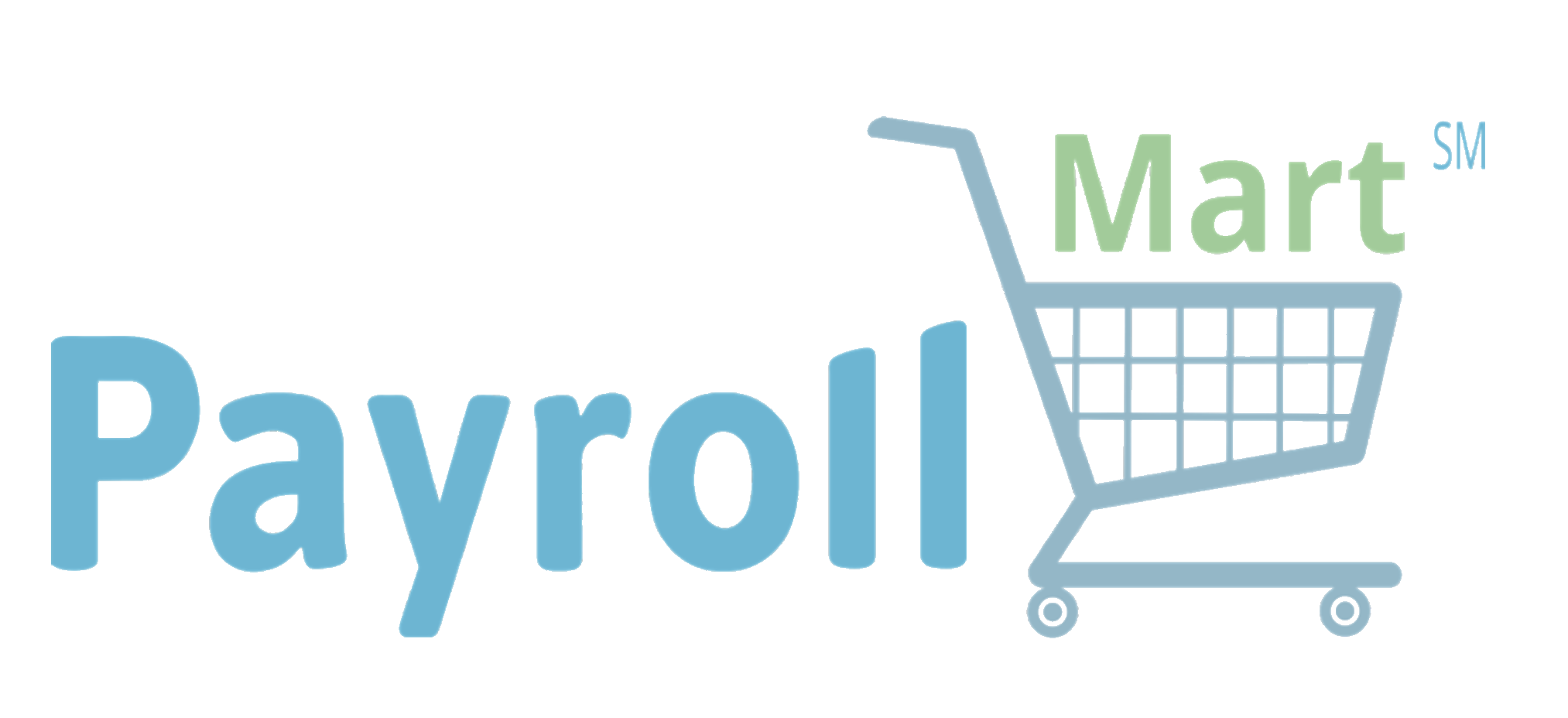Payroll processing is a massive industry, predicted to reach $45 billion by 2020. Payroll is a service for employers—and that makes it a natural complement to other employer services businesses: merchant services (credit card processing), group health insurance, banking and such.
If you’re thinking of starting a payroll processing firm, here are the five core elements you’ll need.
1. Processing software
Processing software automates the task of running payroll. There are many choices of payroll processing engines, each with its own advantages and quirks. A trusted consultant in the payroll space can help you choose one. The Ephor Group has also published quality reports on processing platforms.
We suggest that you only consider platforms that offer “integrated human capital management”—timekeeping, HR databases, HR services, and even ACA compliance tools. Your customers will be able to log into a secure web portal to submit payroll data and use the platform’s other services.
These types of integrated services are now standard. If you only offer payroll processing, your clients will be easy targets for the competition.
Be sure to ask any potential vendor about their platform’s API. How developed is it? Will you be able to easily transfer data in and out of the system? This capability can give you a big operational advantage as you grow your firm.
2. Processing team
It’s not hard to find reliable, detail-oriented people to operate your payroll processing software, as long as you’re willing to train them. Plan on supporting approximately $250,000 revenue per employee (maybe more, maybe less).
If you can find experienced people, even better. Consider people leaving the “big name” payroll firms, accounting firms, or banks. Also consider people who have been processing payroll in-house for a sizeable company. People with an accounting or process management background are also a good choice.
Ideally, your payroll processing vendor will help you and your team learn the processing software (rather than just throwing an 800-page PDF manual at you).
3. Sales engine
Your sales engine should include basic contact management (CRM), pricing, proposals, and customer onboarding. You can connect standalone systems and customize them to your needs, but that can get expensive.
Be especially careful about how you create quotes. Your first instinct may be to create an Excel pricing sheet. But that can bury your most important sales data in dozens of individual spreadsheets and email attachments.
Your sales software should support your sales team, management, customer service team, and your external referral sources, described next.
4. Referral Sources
Done right, this will give you a free sales team of CPAs, benefits brokers, bankers and other centers of influence. They’ll help you scale fast exchange for referral commissions. Commissions can range from 25% to 50% or more, depending on how much sales effort the referral source provides.
As you choose your sales engine, make sure you’ll be able to effectively collect leads and needs analyses from your referral sources. In the best case scenario, you also want to give them the ability to price and quote your services on their own. This may require a bit of training, but a good guided sales system will do much of the work for you.
5. Clients
This is the most important element, but it’s last in this list for a reason. If you bring on clients without a solid team and a service plan, your customers will be disappointed and they won’t stick around.
Different payroll firms need different numbers of clients to break even. For some it’s 250 clients, for others it’s 400—it all depends on your pricing strategy. A sales engine like PayrollCRM will help you get to profitability fast with fewer clients—because PayrollCRM is built to help you create the most profitable mix of services for each client.
Think about which segment of customers you want to target. What is a natural fit? Remember that the federal cutoff for the Affordable Care Act is 50 employees. Groups of 1 to 49 will have different needs than 50+. And once you go over 100 employees, sales cycles can be long.
Also consider what type of clients your referral sources will bring in. Are they small groups? Even if you want big groups, you may have to accept a series of small clients before your sources refer a big group.
This is just a start
Once you have these four figured out, there are other ideas to consider as you launch your business. Will you grow through direct sales or referrals? Will you sell health insurance? (If so, you’ll have a lot of flexibility with your pricing due to the insurance commissions you’ll be receiving.)
Whatever questions you have about starting your firm, let us know. We’ve been there before, and we built PayrollCRM to help you grow.
About PayrollMart
PayrollMart runs a payroll business builder program, and developed an engine built to manage all aspects of the payroll sales process, from needs analysis to quoting to client onboarding and e-signatures. It includes CRM, CPQ (configure-price-quote), and web-based forms management services. It’s #3, above, not #1 (payroll processing software / HCM platform).
PayrollMart gives you Payroll companies and brokers a cloud-based pricing database and online quote builder for faster price quotes. These quotes can be shared and analyzed anytime. With a quick glance at your quoting dashboard, you know who quoted what, when they quoted it, and for how much (plus a bunch of other data).





